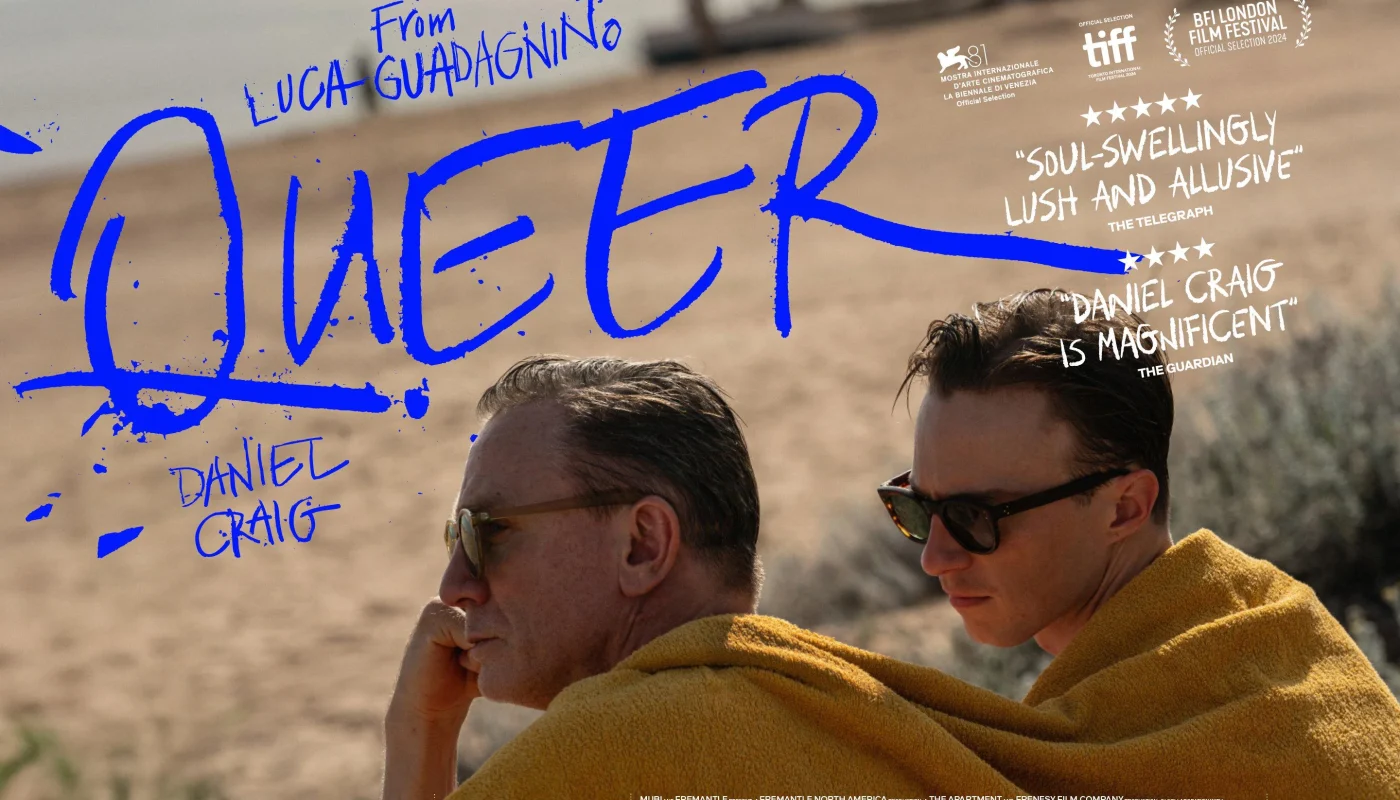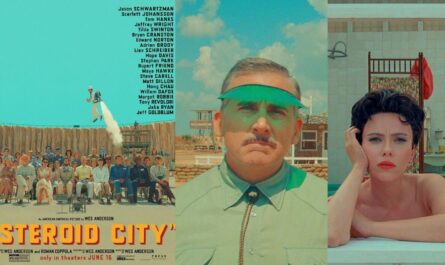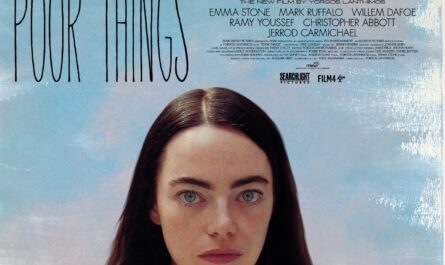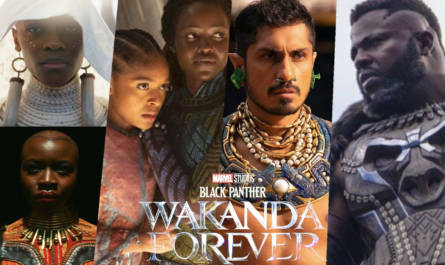Spoiler Alert! This article contains spoilers of Queer!
Queer is a film adaptation of the novel by William Boroughs, directed by Luca Gaudagnino, set in the early 1950s, the story follows Lee (Daniel Craig), an American immigrant living in Mexico City. He is a disillusioned, socially awkward, and heroin-addicted man who spends his days in bars, interacting with other foreigners and locals. At the start, Lee is attempting to rebuild himself after withdrawing from heroin, making him restless, anxious, and on the lookout for a new obsession.
One night, he meets Allerton (Drew Starkey), a younger, handsome ex-sailor who is more passive and emotionally distant. Lee feels instantly attracted to him, making him cling to the idea that their companionship could fill the void in his life. Despite Allerton’s lack of interest and avoidant attachment, Lee follows him around, using humor, telling outrageous stories, and sharing drug experiences to keep a connection.
As their dynamic develops, Lee becomes increasingly hyper-fixated with Allerton. He projects romantic and sexual desires onto him despite Allerton’s ambivalence. They travel together through Mexico and South America, but their interactions are surrounded by tension. Allerton enjoys the attention and free-spirited lifestyle but never commits to Lee emotionally or physically. He allows Lee to follow him around, court him, and pleasure him, yet he never reciprocates anything.
Lee grows desperate, constantly vigilant of Allerton’s approval and affection. He comes up with a plan to search for Yagé (Ayahuasca) in Ecuador, a hallucinogenic plant rumored to have mind-reading properties. He believes this adventure could strengthen their bond or give him a deeper understanding of Allerton’s thoughts and if he is as interested romantically as himself. They set off on a chaotic journey through South America, with Lee’s erratic behavior and heroin withdrawal symptoms evidencing his internal struggles and unrequited feelings.
The turning point comes when Lee finally realizes that Allerton will never reciprocate his love. During their hallucinogenic trip on Ayahuasca, Allerton tells Lee – “I’m not Queer, I’m disembodied.” – marking an end to their relationship. Allerton grows distant and their relationship deteriorates as Lee’s desperation turns into frustration, paranoia, and self-loathing. Lee’s aspiration of finding meaning through Allerton or Yagédisappears. Finally, Lee realizes he has been chasing an illusion, using Allerton as a distraction from his inner demons.
In the end, Allerton and Lee agree to head back to Mexico City, but Allerton gets lost in the jungle, never to see Lee again. Lee is left to wander alone, narrating his thoughts in a detached surreal manner. Two years later, Lee meets his friend Joe in Mexico City, and Joe tells him Allerton has been working as a tour guide through South America.
In the end, Lee goes back to the hotel where he first slept with the Bar Guy (Omar Apollo). He lies on a red bed in a red room. He dreams of looking at a model of the hotel from the outside, staring at himself inside the hotel hallway, and walking into the room he’s already in. Inside, we see a snake in a position resembling theinfinite symbol, eating itself (Ouroboros). Then he sees Allerton sleeping on a single bed with the necklace of the centipede the Bar Guy was initially wearing, but the centipede is alive and moving. Then Allerton is awake and seated, and they both stare at each other and play William Tell, the same way that Boroughs did, in reality, and killed his wife. In the movie, Lee kills Allerton and smiles but quickly runs to Allerton and kisses him one last time. The window of the room opens and when Lee looks back, Allerton and the furniture around him disappear. Lee walks out of the room but appears once again in the same room, this time, the room and the furniture are green. Lee is then an old man with a cane. As he takes his hat off, we can see his white hair. He walks to the bed and lies down, as he shakes before passing, he sees Allerton hugging him one more time.The story closes on an ambiguous, melancholic note, emphasizing themes of loneliness, addiction, and the inability to truly connect with others.
In my opinion, the movie gravitates around the phrase, “I’m not Queer, I’m Disembodied”. Lee was a gay man in the 50s when being homosexual was even more taboo and censured than nowadays. You either accepted yourself as queer” and all the rejection and discrimination it came with, or you tried to deny it by accepting the disembodied aspect of being queer in a conservative and restrictive society. While I believe it was easier for Allerton to deny his queerness because he was a bisexual man and could build intimate relationships with women, it was impossible for Lee.
Although Lee seems confident, he is a man trying to escape his crippling loneliness through drugs and hides it with a false confidence. He is a misunderstood man. Although his friend Joe is present and empathetic towards him, Lee’s desperation to be embraced is visible from a mile away. As an audience, we never see his family or any attempt to reconnect with past friendships or relatives from his life in the US. Perhaps Lee has always felt left out, the other gay Americans at the bar laugh at him when he tries to be quirky and charming. He is socially awkward no matter how much he tries, but Allerton seems captivated by that at first.
In the scene when Lee finally tries to introduce himself to Allerton, he can’t speak any words but does a dorky bow in the middle of the bar, Allerton smiles, but the rest of the men laugh at him. This scene represents how, no matter who we are, we all try to fit in and feel appreciated, seen, and recognized. Lee is trapped by judgment, if the people around him are not cruel enough, then he is. He is tormented by being the “odd one out” within his environment and most likely experienced the same issues growing up in the US.
Lee doesn’t want to be glanced at; he wants to be fully understood, and he desires a relationship where he can mirror himself. He just wants to be seen physically and throughout, not just as the old American living in Mexico but as the vulnerable man longing for warmth, connection, and freedom. Allerton represents what Lee fantasizes about himself, a man with freedom during his youth, something Lee didn’t get to experience. Due to growing up in America in the early XXth century, in a violent world surrounded by turbulent times, sickness, and war, Lee is most likely severely traumatized. Trying to survive for many years, not just as a man but as a gay man hasn’t allowed him to fully know himself. Allerton provides a sense of security, filling an old void, and certainty about himself. Allerton is the opposite of Lee, yet the ideal man Lee longs to be: youthful, handsome, socially competent, charming, free, in control, and serendipitous. Overall, Lee is attracted to younger men, and they provide him with an energy rush, an instant filled with meaning, they carry innocence and hopefulness toward how life might turn out. Lee is already disappointed with how life turned out to be for him, but the young men he feels attracted to haven’t lived enough to either feel satisfied or frustrated. That unexpected and optimistic energy is contagious and distracts Lee from his own misfortunes.
In the scene where they’re both at the bar, Lee is talking about Alaska and a new pig dish, and he gets carried away making pig noises. The whole time Allerton is looking at him, intrigued and smiling. My question is -why is Allerton still around Lee if he thinks of him as too clingy?
I think Allerton also enjoys the attention, he thinks Lee is fun to be around and he likes being seen by Lee. Allerton is friendly and he enjoys friendship, he most likely finds pleasure in spending time and talking about life with Lee, but he also likes the casual nature of their interactions. The difference is he knows he is seen by everybody, he’s not as desperate as Lee and he doesn’t feel like he has wasted his life. He still has more to explore, and his curiosity is pushing him to engage with Lee until it becomes too much after their trip to Ecuador and the Ayahuasca. Lee pushed Allerton away by being too suffocating.
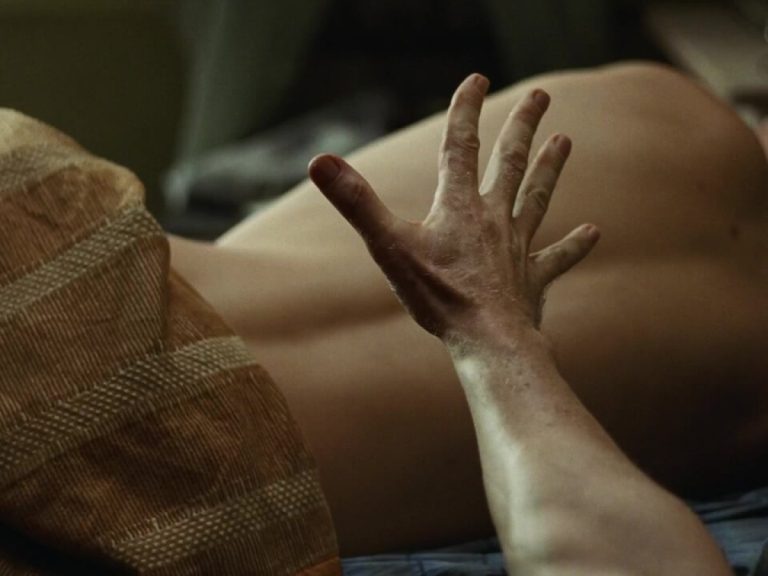
In the scene where Allerton is sleeping at the hotel, Lee stretches his hand from the other bed trying to reach Allerton’s back. Eventually, Allerton senses Lee’s energy and turns around, allowing Lee to touch him. They kiss and they sleep together. In every sexual interaction they have, Allerton allows Lee to embrace him and pleasure him, but he rarely reciprocates, and if he does, it’s not as passionate or romantic. Lee wants him, he’s addicted to him, but he knows he can’t have him fully and that’s why throughout this scene and the movie, he imagines himself caressing Allerton instead of doing it.
In the end, the infinity snake resembling Ouroboros, which comes from Ancient Egypt and Greece, means the unity of all things and the eternal cycle of destruction and recreation, the eternal repetition of things. The snake tells us that even though Lee wishes he had done things differently to avoid pushing Allerton away, he would’ve done the same thing no matter what, and Allerton would’ve disappeared after the Ayahuasca trip. Like any young person, Allerton was trying to find himself all along, and the reality is we build ourselves upon the gaze of others. Allerton was on his own journey too, and he was able to deny his queerness, but Lee can’t. The snake reflects how Lee would’ve made the same mistakes over and over again because he never worked on his deeper self, he only tried escaping it through love and drugs, but one can never escape one’s identity. Maybe if Lee had worked on loving himself, he would have done things differently, but how can a gay man in the 50s embrace his sexuality if the world around him tells him he’s not supposed to be who he is? In other words, the snake shows how Lee will go back to his self-loathing tendencies repeating the same cycle.
In the end, the red room represents the immense passion and ambivalence he experienced through his adventures with Allerton. It resembles his gut-wrenching desire to be loved and allowed to love wholeheartedly. When the room turns green it represents nature and hope, hence Lee’s natural character as a lonely hopeless romantic. The centipede moving and becoming alive represents Allerton moving on and carrying on after his romance with Lee. Luca Gaudagnino even said the centipede is the “villain in the movie”, Allerton was the villain as he broke Lee’s heart.
When Lee smiles after killing Allerton, he does it because he feels a slight relief, taking the weight off heartbreak and his apprehension for Allerton’s love. Quickly, he realizes letting go of Allerton means losing the pain from unreciprocated love yet losing the man he fully loved. That is why he runs to him and kisses him, trying to hold on to him one more time. In the end, he was never able to forget Allerton and gripped to his image for the rest of his life. Lee passed away hopelessly and alone.
The end of Queer reminds us of the path we have yet to walk in terms of acceptance and inclusion towards the LGBTQ+ community. To be queer is to be misunderstood, and to be misunderstood is to be lonely. Queer people can only hope to understand themselves fully to face adversity, discrimination, misunderstandings, and being sidelined. Lee might have lived a hopeless life, but his image provides hope for audiences that one day, the loneliness accompanying the queer experience will fully disappear.


